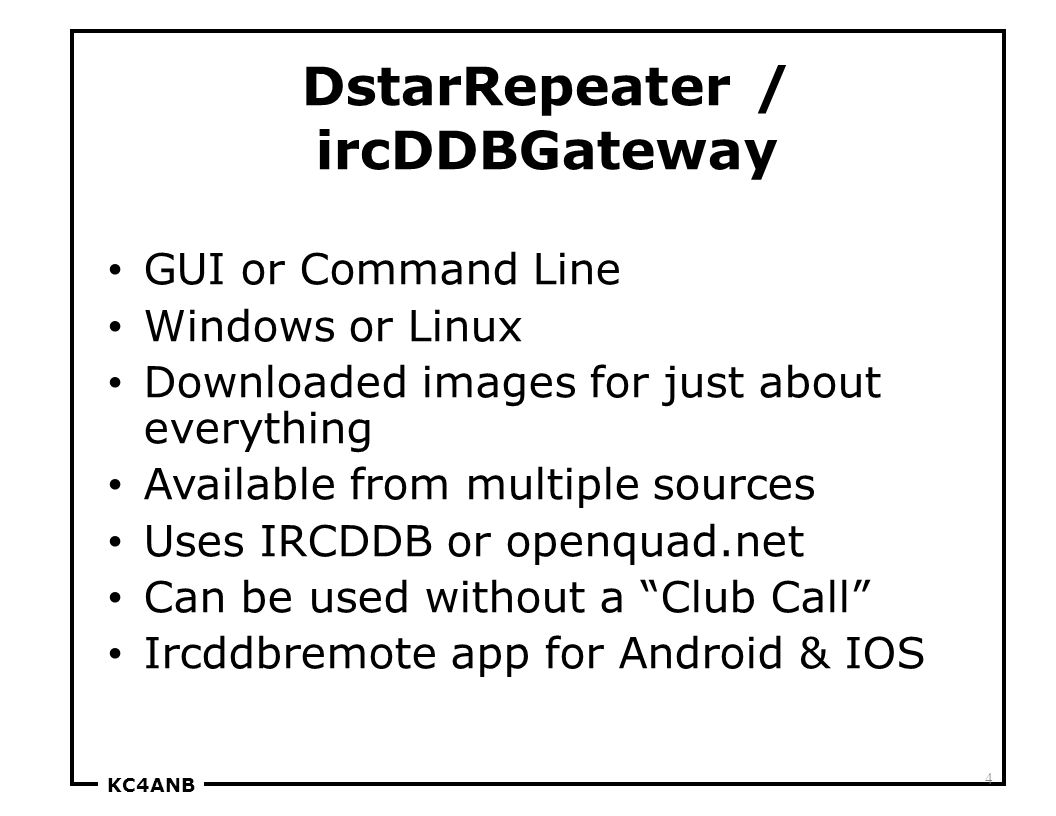
Motorola Gm300 Radio Doctor Download
GM300 Information Page Motorola GM300 Information Page By Robert W. Meister WA1MIK The GM300 was Motorola's next step in the MaxTrac / Radius mobile product lines. The schematics are remarkably similar. You can even interchange some boards between the GM300 and MaxTrac radios.
Programming / Service software for the Motorola Radius GM300. It has been pointed out to me that this software only works with the GM300 so I have adjusted the page. After searching for the genuine Motorola program I came across Motorola Radius GM300 Radio Doctor.
Like the MaxTrac, the GM300 line has been discontinued by the manufacturer. Throughout this article, reference to MaxTrac radios implies Radius radios as well. Naturally, you need different programming software (RSS), but if you've ever programmed a MaxTrac, you'll be right at home with the GM300.
The radios operate the same, too. See below for more info on the RSS and programming. GM300 mobile radios cover the VHF (136-174 MHz in two ranges) and UHF (403-520 MHz in four ranges) bands, with 8 or 16 channels, 12.5 or 20/25/30 kHz channel spacing, and 10, 25, and 35-45 watt power levels.
They use the same accessories (loudspeakers, microphones, accessory plugs, power cords, mounting brackets, etc.) as the MaxTracs. The M120 radio is just about the same as a GM300 but has 'less features' - this would be the 2-channel version, equivalent to a MaxTrac 50. There is also an M10 single-channel radio, and an M130 2-channel radio that is an M120 with the GM300's signaling capabilities.
The 16ch GM300 radio uses the expanded logic board with firmware in an EPROM that gives you the ability to program several of the accessory jack pins and also gives you several signaling systems, such as MDC1200. The 8ch GM300 and the M-series all use the masked logic board that has no programmable pins. The masked logic board also has limited code plug space, hence fewer channels and less capabilities. Here's a front view photo of a 16-channel MaxTrac, a 16-channel GM300, and a 2-channel MaxTrac: GM300 Model Numbers: The first six characters are pretty much standard Motorola convention. The IF frequency is usually 45.1 MHz but if you have multiple radios near each other, this can cause interference, so you can optionally order the radio with an alternate IF frequency.
Mount Power Watts Band MHz Series I.F. MHz M: dash 0: 1-10 3: 136-174 GM:? C: 45.1 3: 10-25 4: 403-520 XQ:?

R: 45.3 4: 25-45 XV:? The XV-series seems to all be 1 channel radios. The XQ-series seems to be all 2 channel radios. The GM-series can be 2, 8, or 16 channel radios.
Dubovik vischa matematika. 辽宁金鼎镁矿集团营口汇诚镁业公司镁盐厂新网站建成,进入试用阶段。 镁盐厂销售 电话:(04 手机:9 3 地址:中国辽宁省大石桥市南楼经济开发区 邮编:115103 标题: RQOGkDmsQrzYQf 留言日期: 2018-01-06 主要内容:!
The XV and XQ may be used by the M10, M120, and M130 radios. The second six characters provide a lot of useful information about the capabilities of the radio and the boards contained within it. Spacing kHz # Ch. Logic Board Range MHz Rev. 0: 12.5 0: 8 C: Expanded 1: 136-162 A_ 2: 20/25/30 9: 16 D: Masked 1: 403-430 2: 146-174 3: 438-470 4: 465-490 5: 490-520 A typical model number would be M44GMC09C3A_.
This is a 40 watt, UHF radio, 45.1 MHz IF, narrow spacing (12.5 kHz), 16 channels, expanded logic board, 438-470 MHz band. It is rare that the model number includes the specific frequency range the radio is capable of handling (10th character). You don't get that lucky with MaxTracs, Spectras, etc. I wish all the model numbering was so useful. It is NOT practical to change the frequency range for which the radio was manufactured. The RF board and PA assembly are frequency-dependent; the logic board and front panel are not. As the model number tells you which range the radio is, if you end up with the wrong one (assuming the radio hasn't been thrown together out of spare parts or had modules swapped) it's your own fault for not doing your homework.